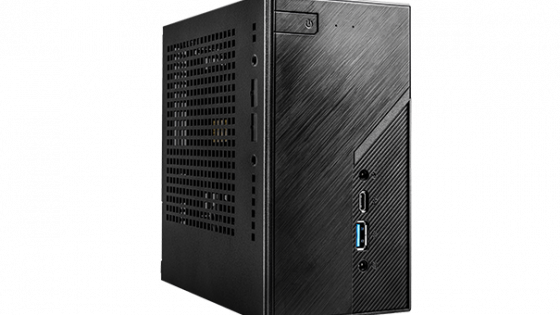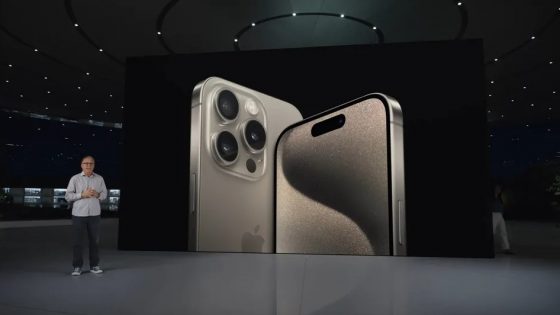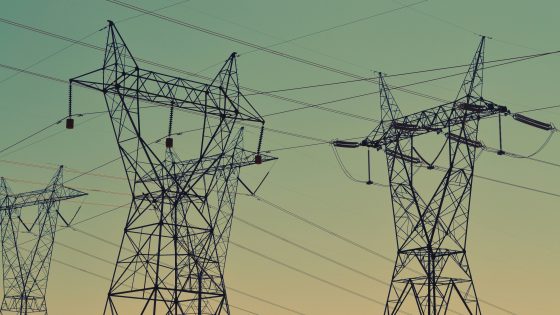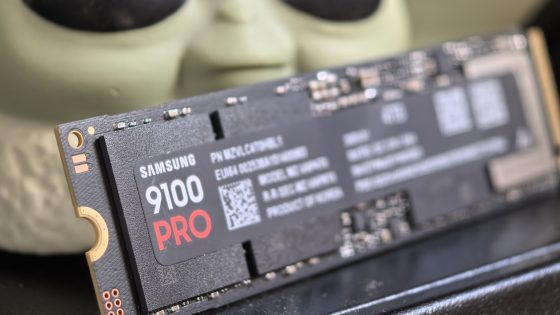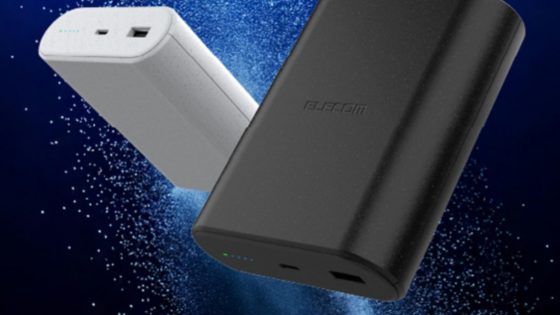Electric Vehicle Battery Energy, Emissions and Range Savings - The Power of Recycled Aluminum
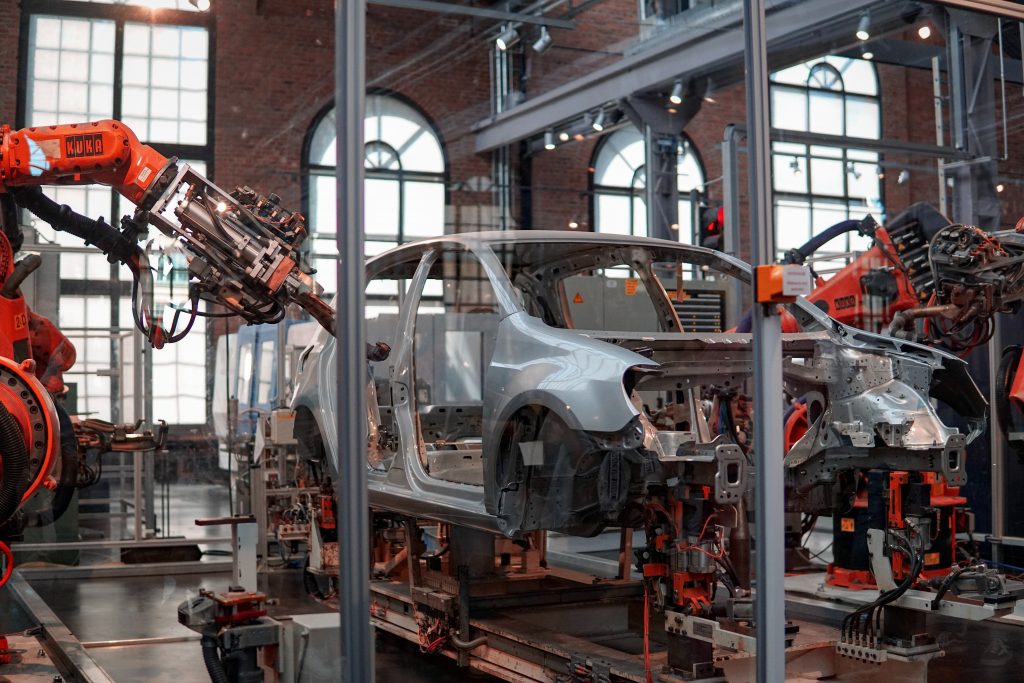
The automotive industry, more precisely the production of electric vehicles, is pioneering an innovative process for collecting and processing scrap aluminum for new vehicle parts. DOE's Pacific Northwest National Laboratory, in partnership with mobility technology company Magna, just unveiled a new production method that reduces energy input by more than 50 % and carbon dioxide emissions by more than 90 % by eliminating the need to extract and process the same amount of raw aluminum ores. In addition, the use of lightweight aluminum can also increase the driving range of electric vehicles.
This patented and award-winning Shear Assisted Machining and Extrusion (ShAPE™) process collects scrap bits and scraps of aluminum trim from automotive manufacturing and directly converts them into suitable material for new vehicle parts. Soon they will also be ready to produce light aluminum parts for electric vehicles.
The latest advance, detailed in a new report and research article in Manufacturing Letters, eliminates the need to add freshly mined aluminum to materials that will be used in manufacturing. By reducing the cost of aluminum recycling, manufacturers can lower the overall cost of aluminum components, giving them better alternatives to replace steel in manufacturing.
"We have shown that aluminum parts made using the ShAPE process meet automotive industry standards for strength and energy absorption," said Scott Whalen, PNNL materials scientist and lead researcher. “Crucially, the ShAPE process breaks down metal impurities in the waste without requiring an energy-intensive heat treatment step. This alone saves a lot of time and introduces new efficiencies."
The new report and research publications are the culmination of a four-year partnership with Magna, the largest automotive parts manufacturer in North America.
"Sustainability is at the forefront of everything we do," said Massimo DiCiano, Head of Materials Science at Magna. "From our production processes to the materials we use and the ShAPE process is an excellent proof of the direction in which we want to develop and create new sustainable solutions for our customers."
Advantages of aluminum
Apart from steel, aluminum is the most used material in the automotive industry. Lighter and stronger aluminum is a key material in the strategy to produce lightweight vehicles for improved performance, whether to increase the range of an electric vehicle or reduce battery capacity. While the automotive industry currently recycles most of its aluminum, it regularly adds newly mined primary aluminum to it before reuse to dilute impurities.
Metal fabricators also rely on the century-old process of preheating bricks, or "bills" as they are known in the industry, to temperatures above 550°C for several hours. The preheating step dissolves clusters of impurities such as silicon, magnesium, or iron in the raw metal and distributes them evenly throughout the billet through a process known as homogenization.
In contrast, the ShAPE process performs the same homogenization step in less than a second and then, without preheating, converts solid aluminum into a finished product in minutes.
"With our partners at Magna, we have reached a key milestone in the development of the ShAPE process," said Whalen. "We have demonstrated its versatility by creating square, trapezoidal and multi-cell parts, all of which meet quality criteria for strength and 'ductility', or the ability to deform."
For these experiments, the research team worked with an aluminum alloy known as 6063, or architectural aluminum. This alloy is used for a variety of automotive components such as engine mounts, bumper assemblies, frame rails, and exterior trim.
The PNNL research team examined the extruded shapes using scanning electron microscopy and electron backscatter diffraction, which creates a picture of the layout and microstructure of each metal particle in the final product. The results showed that ShAPE products are equally strong and free from manufacturing defects that could cause parts to fail. The products showed no signs of large groups of metal impurities that can cause material deterioration and hamper efforts to use secondary recycled aluminum to make new products.
Now the research team is looking at even stronger aluminum alloys, which are commonly used in battery cases for electric vehicles.
“This innovation is just the first step toward creating a circular economy for recycled aluminum in manufacturing,” said Whalen. "We are now working on including post-use waste streams, which could create a whole new market for secondary scrap aluminium."











